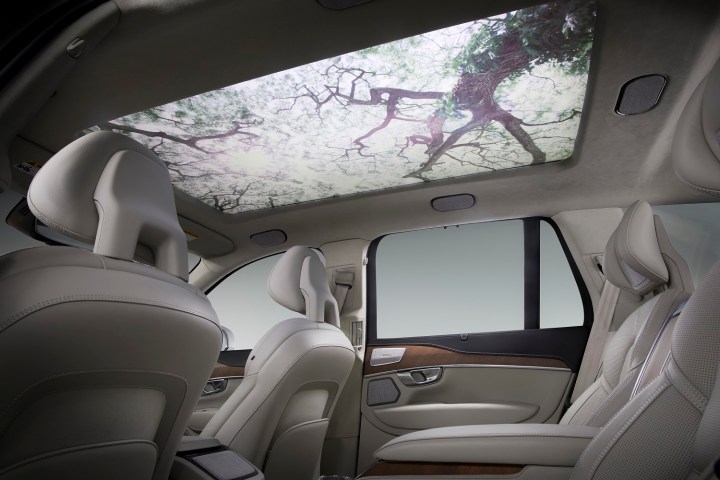
“For automakers, Harman AudioworX provides the flexibility to quickly and easily adapt to new trends in consumer preferences, offering faster time to the market and lower overall costs,” the company explained in a statement. If you’re a motorist, that means AudioworX could ensure state-of-the-art entertainment technology trickles down into more cars at a more affordable price. It also promises to give you and your passengers the power of customization.
Three main parts make up AudioworX: An operating system, a digital signal processing (DSP) library made up of over 200 components, and tuning tools that provide configuration options for sound systems. Car companies can use the trio to build an audio solution that suits their needs. They can make it simple and cheap if they want to keep costs down, or build a system that’s powerful and more expensive if they want to offer audiophiles a concert hall-like experience.
The system is available to OEMs on January 9, so it could reach mass production in the not-too-distant future. Harman wasted no time in putting AudioworX to good use, however. At CES, it’s also showing a solution named Configurable Entertainment and Moodscape built on its new platform. It starts with the premise that, one day, a large number of cars on the road will be shared rather than owned. It will be difficult to cater to individual preferences in this environment without offering a high degree of customization.
Harman developed a sound system with speakers that shift in shape and sound plus tuning that adjusts on-demand. This could become an important part of making the ride-sharing experience enjoyable for users. The first passenger of the day can play Mario Kart on the way to work. The next can listen to Rage Against the Machine while riding to band practice. The third can watch Netflix while going shopping. They would all enjoy the best possible sound in the very same car. Users have the option of saving their preferences for future rides.
Autonomy opens up another possibility: If you don’t need to watch the road ahead, why wouldn’t you sit back and relax? QLED technology displays a moodscape on a car’s headliner that provides a visual experience to match the music selected. Harman’s Music Motivator technology consults the user’s calendar and GPS routes to fine-tune the audio and visual experience; it knows whether you’re going to the gym or to work and adjusts accordingly. The technology is tailor-made for autonomous vehicles, according to the company, so it’s still a little ways away from production.
Editors' Recommendations
- Harman wants you to customize how your car reacts in unexpected situations
- Harman wants to harness 5G to make streets safer for pedestrians




